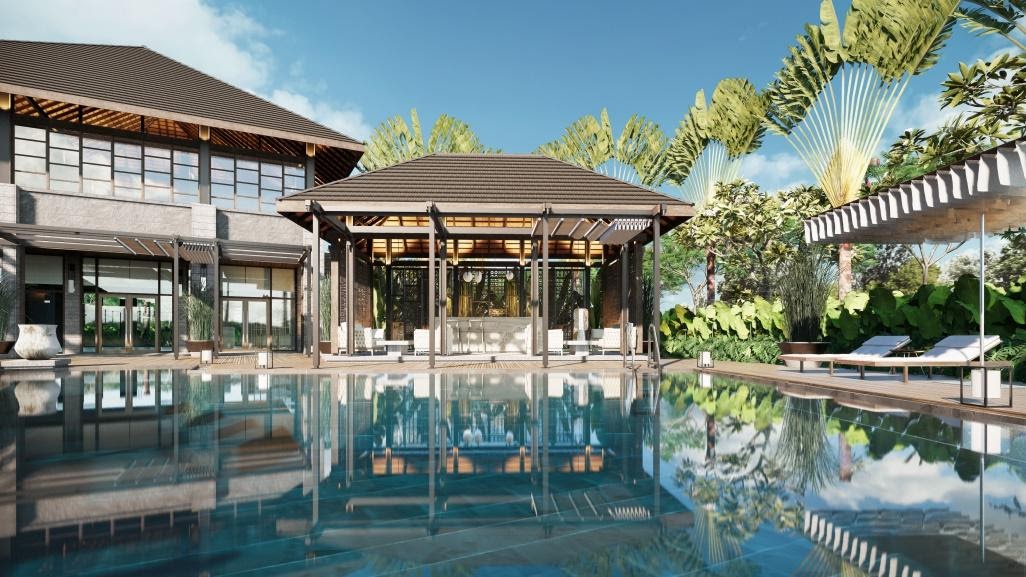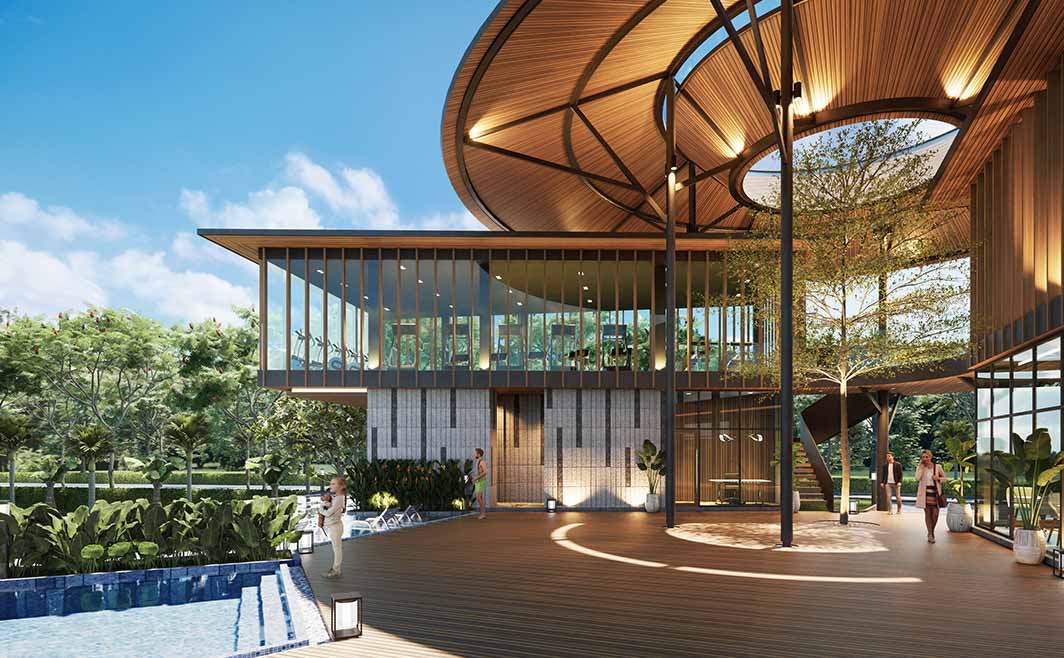“Smart city” was formed in 2009 by IBM Corporation which is currently being developed by countries all over the world. Its development not only helps our economy flourish but also provides many benefits to our communities and society.
Safety, emergency assistance programs, transportation options, and increased jobs have all enhanced the quality of life of residents in these smart urban areas.

Planning and building smart urban areas in the 4.0 era
A smart city is one in which advanced and modern technology systems are used to gather and process data in order to manage resources. This is a model of a city that uses cutting-edge technology to enhance the quality of life for its citizens while also assisting the local government in maintaining the city.
To develop a true smart urban area, we need the following elements:
A smart city can also be described as an overall organic framework made up of many interconnected components such as artificial intelligence, digital telecommunications networks, sensors, software, and so on. People’s quality of life has increased as a result of those minor interconnections.

A practical view of Clubhouse in the ZEITGEIST Nha Be project
From the late 1990s, Vietnam began to appear a number of high-tech areas such as Quang Trung software park, Hoa Lac hi-tech park, SG high-tech park in central cities such as Hanoi Ho Chi Minh City, Da Nang, Hai Phong, …
To build smart urban areas in Vietnam, we need to focus more on technology, specifically smart computing. That helps the city’s infrastructure services develop synchronously and seamlessly.
To control the entire metropolitan environment, smart cities often build a broad operating center infrastructure. The study of geospatial data is needed at almost every level of urban planning and management activities. Geospatial knowledge would underpin 80% of smart city planning and management decisions. The more comprehensive, informative, and precise the geospatial database, the more effective intelligent urban planning and management can be.
When applying smart energy sources (solar panels, sensor systems, LED systems, …) to buildings using energy in an optimal way. Currently, smart energy is not only an academic concept but has been being strongly applied in many aspects of production, consumption, and social life. Today’s smart energy growth is a clear trend that is gradually changing the conventional energy industry, resulting in significant and groundbreaking achievements in the development of energy sources, especially new and renewable energy, as well as in the efficient and cost-effective use of energy.
The Zeitgeist Nha Be project is an urban area marking the transformation of urban development in Ho Chi Minh City in general and the Southern Nha Be area in particular. The unique combination between modern technology and nature is an important foundation for building a Smart City in ZEITGEIST.

Modern Clubhouse in the ZEITGEIST urban area
See more:
The ZEITGEIST Nha Be Urban Area contributes to a wide range of interactions with the environment, nature, and infrastructure in a diverse cultural and lifestyle community. In terms of scale, development potential, and value, ZEITGEIST is the leading Smart City in the South Nha Be area.
In phase 1, Division 1.1 zeit RIVER COUNTY 1 has a total area of 17.9 hectares, including 359 villas, townhouses, and commercial houses. In addition, utilities and infrastructure systems are also built on a large scale.
Thank you for your interest in zeit RIVER COUNTY 1 project!
 VN
VN EN
EN